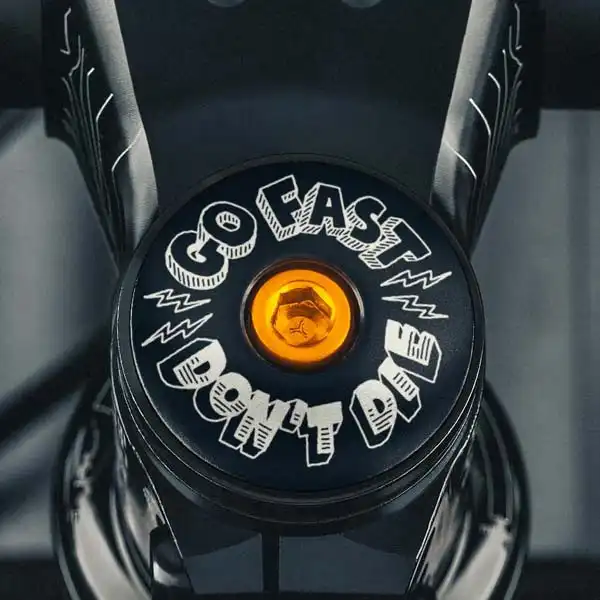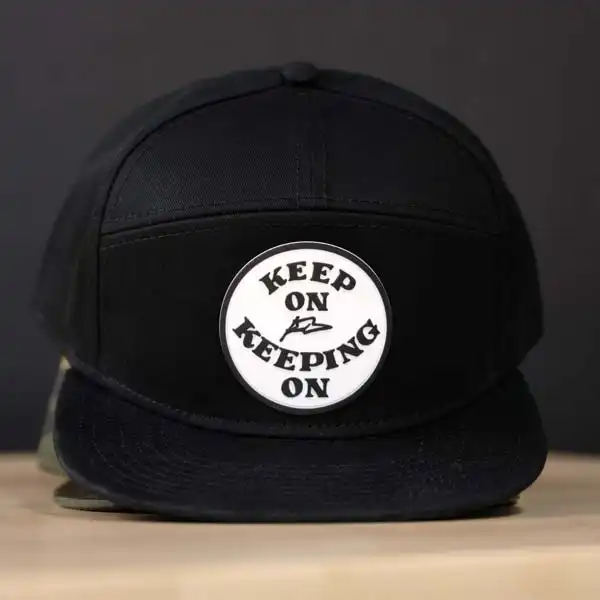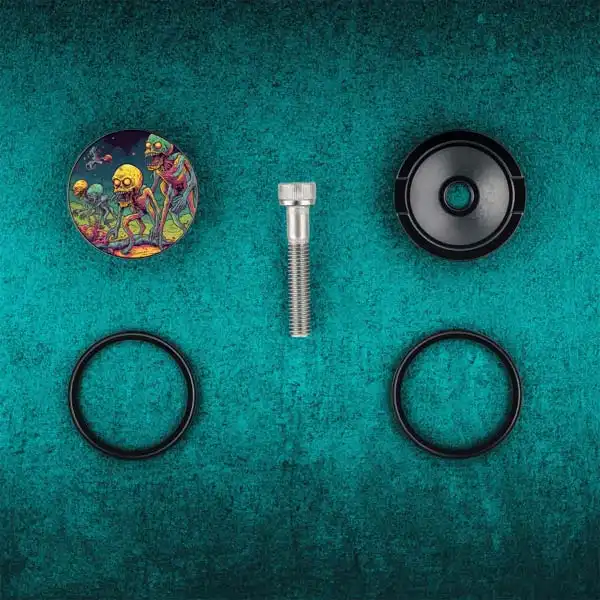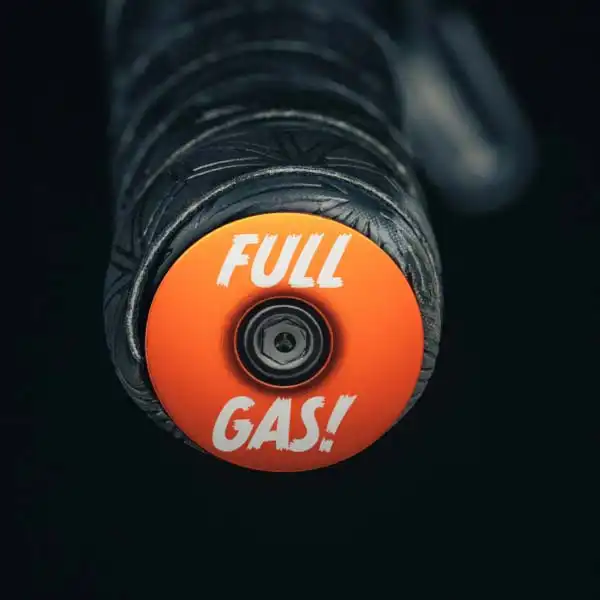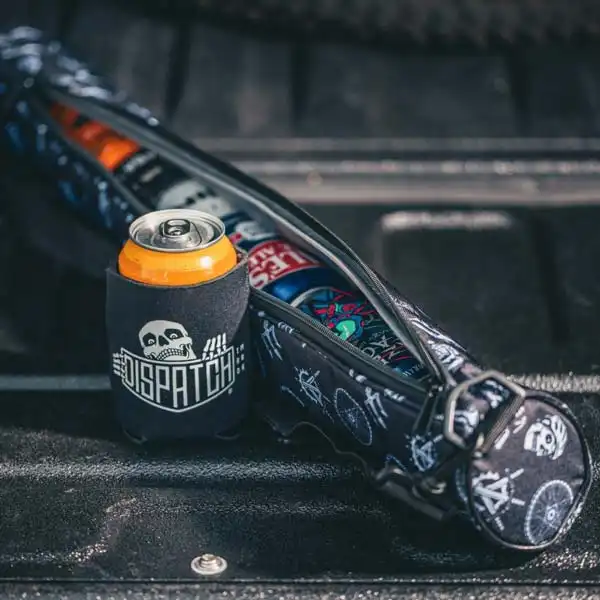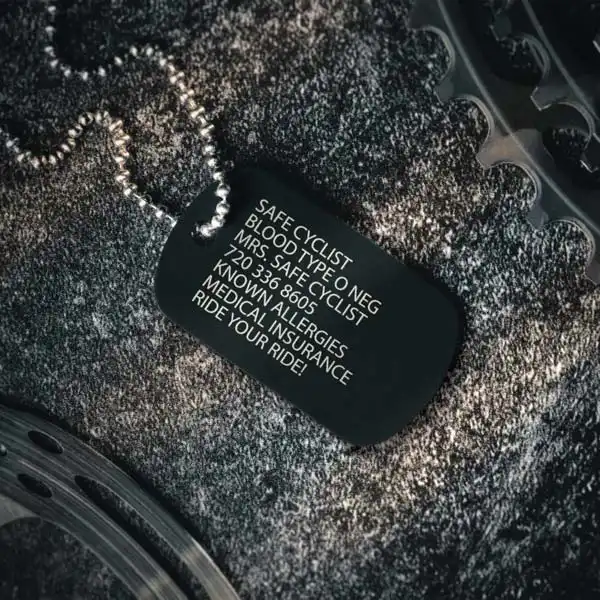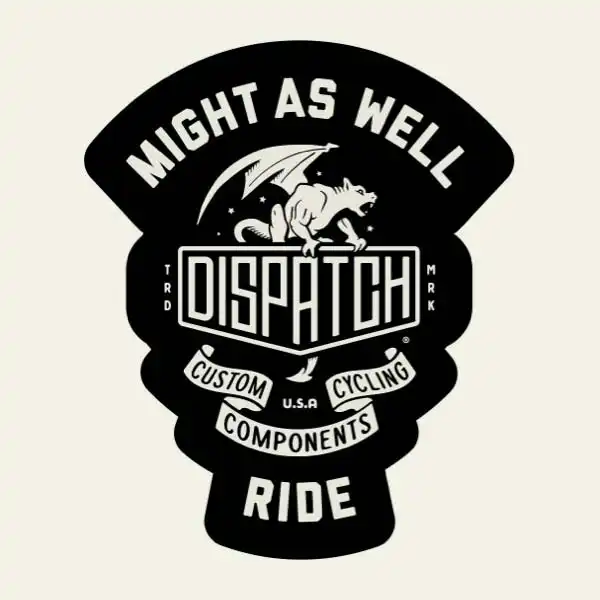
Dispatch Custom Cycling Components | The Back Story
00-16-2021
I had the pleasure of (virtually) sitting down with staff at Voyage Denver to share a little bit about Dispatch, my view of the cycling world and how Dispatch is playing a role in shaping a modern lifestyle aesthetic in the bicycle industry.
Skateboarding and cycling have a lot in common to me, but one thing the cycling world seemed to be to me was homogeneous–and that certainly can’t be said of the skateboarding world.
Go have a read and send me your thoughts.
Voyage Denver interviews Dispatch Custom Cycling Components Founder.
Photo: JMV Digital
